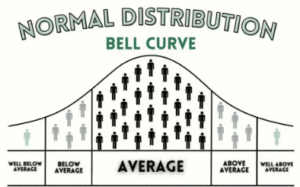
The more complex your character is, the more interesting they are. The more interesting your character is, the more memorable they are. Note that ‘interesting’ doesn’t necessarily equate to ‘likeable’ or ‘relatable’ (though be aware that an unlikeable main character can be a turn off to some readers). Perhaps it’s easier to think about how compelling a character is, rather than their likeability (e.g. Hannibal Lecter), though genre is an important consideration: we may expect more likeable characters in a rom-com for example.
The 5 Dimensions of Personality (Tupes and Christal, Costa and McRae)
A predictor of behaviour, emotions and beliefs. Each of these dimensions have opposites, and most people fit along a continuum between the two. Those who don’t fit into the middle section of a normal bell curve are often the most memorable, and this can be applied to characters in your novel.
Each of the following dimensions can be further broken down into six facets (sub-traits) with their own opposites. As you read, think about your own main character/s and how their personality impacts the tone of your novel. *Note that a person/character won’t necessarily have all of the facets, but often have a minimum of three, and that interesting characters can display opposing facets, e.g. a detective who’s methodical at work but disorganised in their private life.
- Extraversion
- Neuroticism
- Openness to Experience
- Conscientiousness
- Agreeableness
Facets of Extraversion
- Warmth
- Gregarious
- Assertive
- Active
- Excitement-seeking
- Positive Emotions
Example (opposite): a serious, reserved character such as Mr. Darcy.
Facets of Neuroticism
- Anxiety
- Anger/Hostility (reactive)
- Depression
- Self-conscious
- Impulsive (e.g. prone to addiction)
- Vulnerable
Example: Bridget Jones.
Openness to Experience
- Fantasy (e.g. having a vivid imagination)
- Aesthetics (e.g. moved by/sensitive to the arts)
- Feelings (values emotional experiences)
- Actions (will try new things, e.g. travelling)
- Ideas (e.g. a love of learning, open-minded)
- Values (willing to re-examine their social, political or religious values, open to debate)
Example (opposite): a dogmatic, traditional or conservative character. It could be argued that Angel Clare (from Tess of the d’Urbervilles) fits this facet in some ways.
Facets of Conscientiousness
- Competence
- Order
- Dutifulness
- Achievement-striving
- Self-discipline
- Deliberation
Example: Jane Eyre.
Facets of Agreeableness
- Trusting
- Straight-forward
- Altruistic
- Compliant
- Modest
- Tender-minded
Example: Harriet Smith (Emma).
Nuance
No one is all good/bad (in fact, it’s a bit boring if they are!). Scott Barry Kaufman developed ‘The Light Vs Dark Triad of Personality’. I found this section of an Abstract that he worked on particularly interesting:
The light subtype evidenced affiliative interpersonal functioning and greater trust in others, as well as higher life satisfaction and positive self-image. The dark subtype reflected interpersonal dominance, competitiveness, and aggression. In both general population samples, the dark trait subtype was the least prevalent. However, in a third sample of U.S. Senators (N = 143), based on observational data, the dark subtype was most prevalent and associated with longer tenure in political office, though less legislative success. Results suggest that human nature reflects both light and dark features, serving affiliative (pro-social) and dominance (pro-self) functions, with subtype prevalence varying considerably based on profession.
(Light and dark trait subtypes of human personality– A multi-study person centered approach Craig S. Neumanna,, Scott Barry Kaufmanb, Leanne ten Brinkec, David Bryce Yadend, Elizabeth Hydef, Eli Tsykayama)
Contrasting Characters
Create conflict and tension. Enough said.
Changeability and Transformation
Personality is shaped by a mix of genetics and experience (‘backstory’). It can change dependent on mood and context. Main characters often transform/overcome a flaw as the novel progresses.
Experience
I love revealing backstory but I really need to work on making my ‘bad guys’ more three-dimensional/less stereotypical caricatures. I also often write characters who are quite passive at the start of the novel, which can be frustrating for readers who may not have the patience to follow them to their eventual transformation to being more active.
Final Thoughts
So, how interesting are your characters?
Structuring Scenes
How to craft scenes with purpose
I watched another excellent webinar recently. The content was helpful as both a planning tool and as an editing tool. Scene structure mimics story structure, but on a…
On The Honest Authors’ podcast, Gillian McAllister once mentioned that she was asked, “Do you really think that?” about something controversial she’d written in one of her novels….
Bear With Me! Okay, this is probably a weird analogy but this is how my (bird-brained!) mind works. So, in terms of the title question, I’ve thought long…
If you want to be traditionally published, the chances are that you’ll need a literary agent. Their job is to sell your book to a publishing house and…
What Do We Mean by ‘Pace’ And Why Is It Important? We often hear that books are fast-paced, slow burn or ‘saggy in the middle’. In a nutshell,…

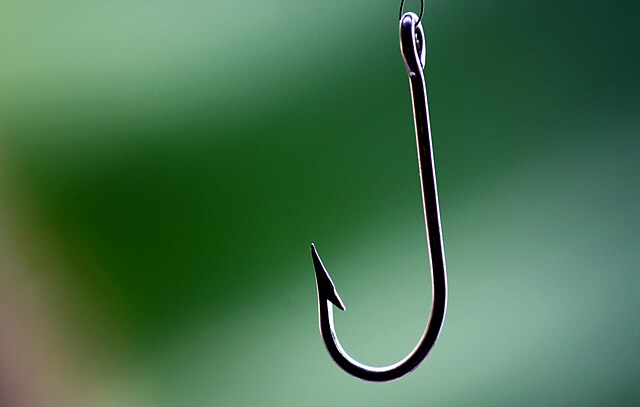
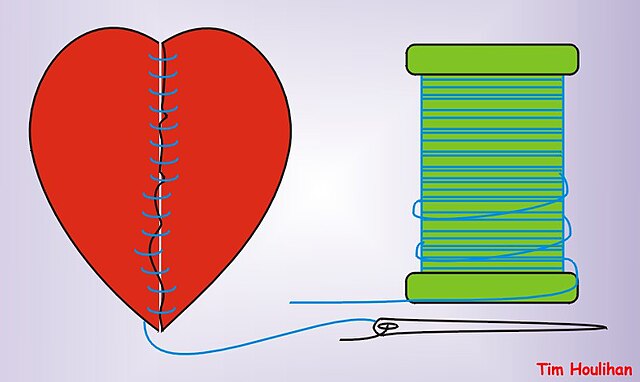
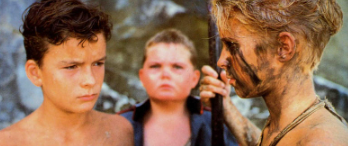
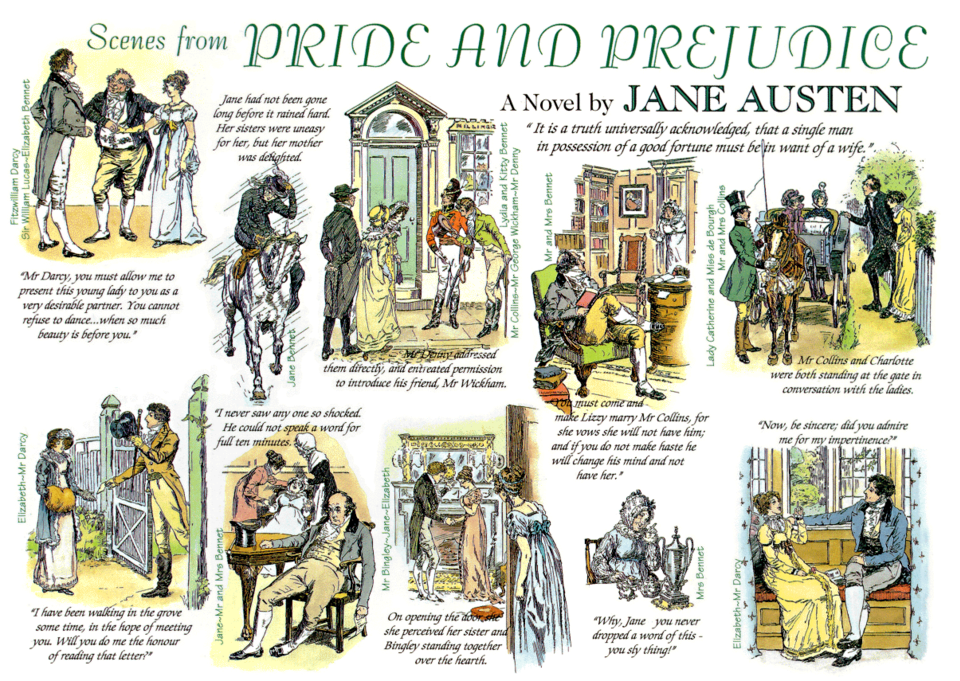
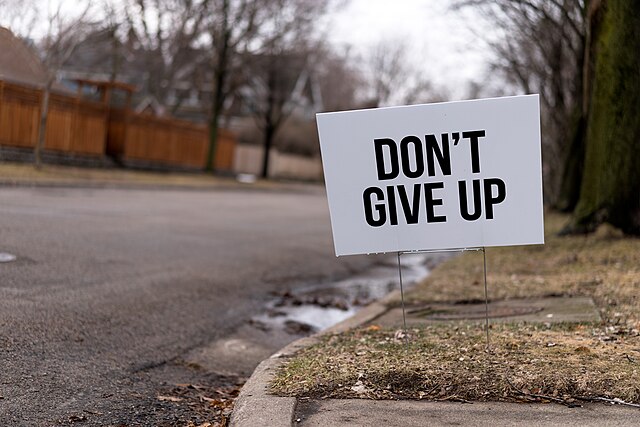
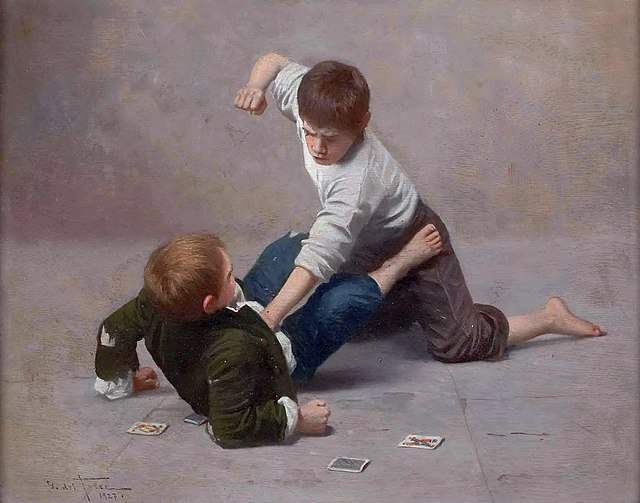

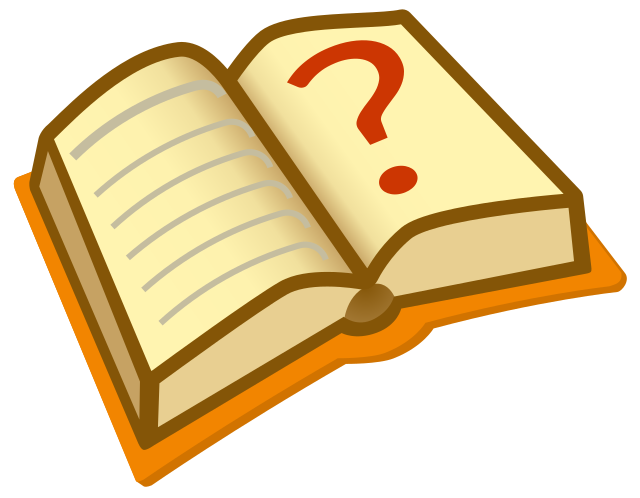





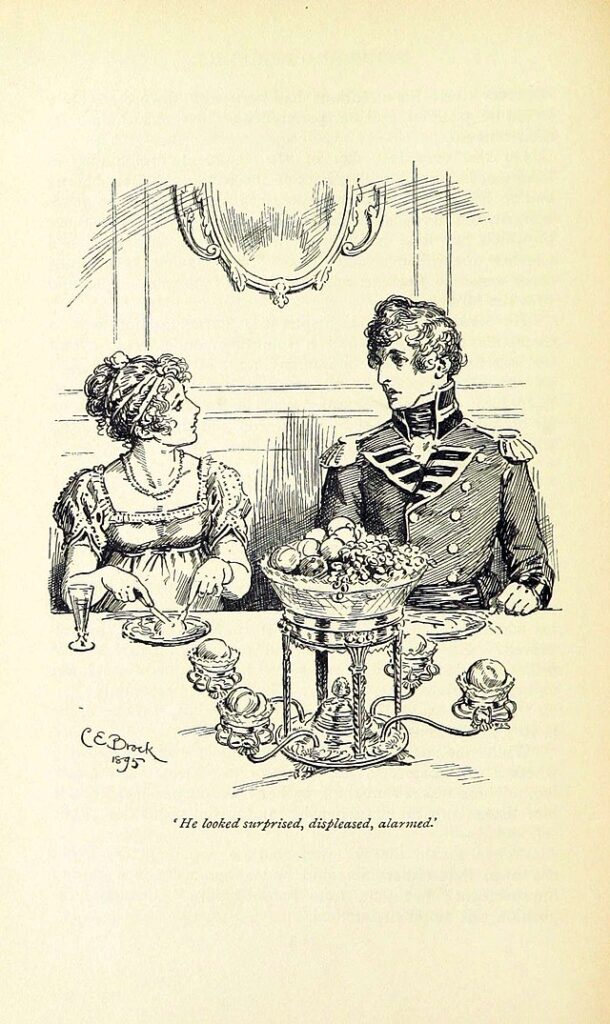
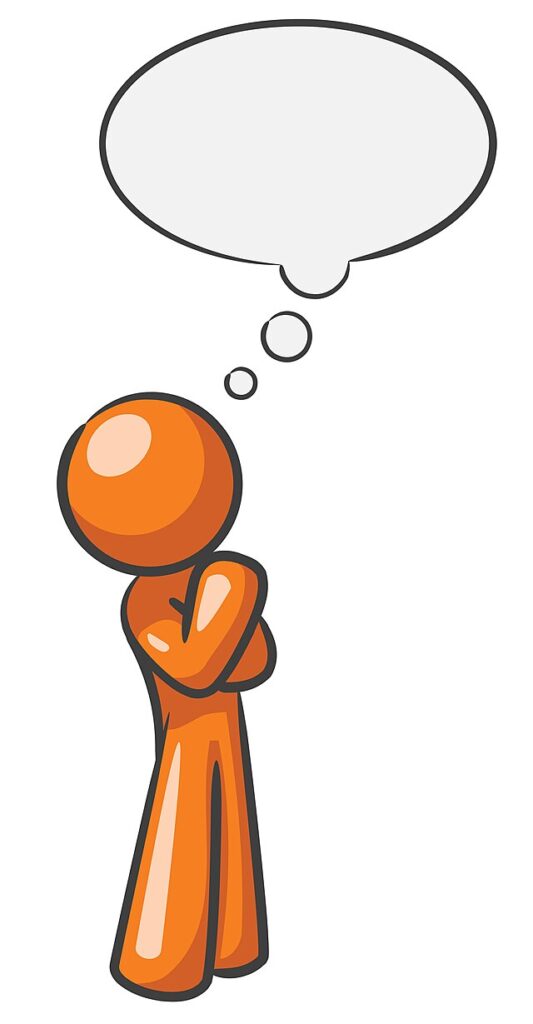
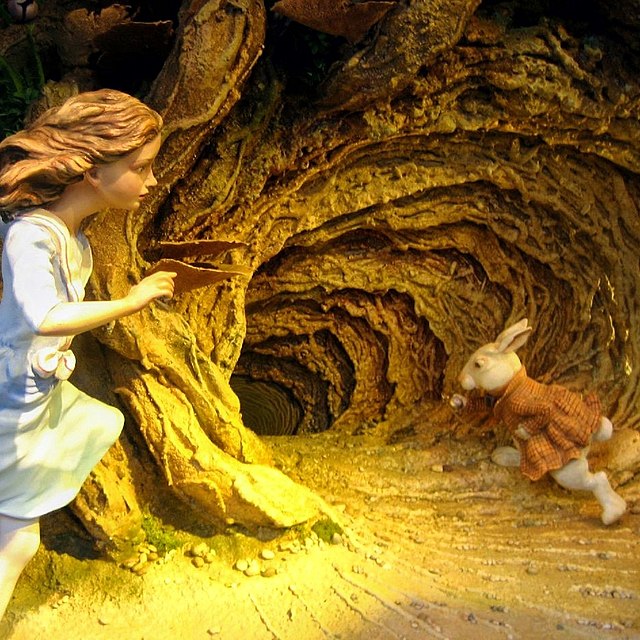
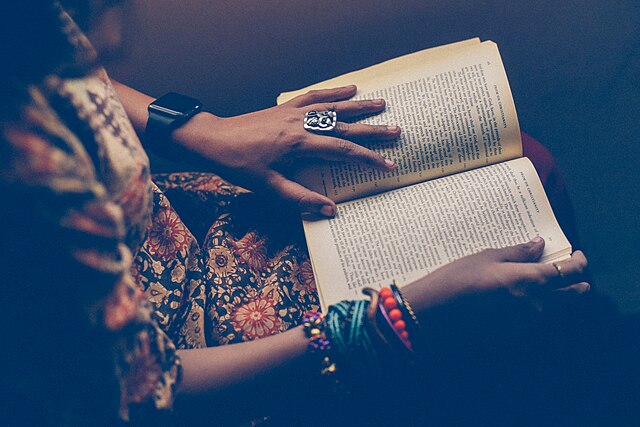
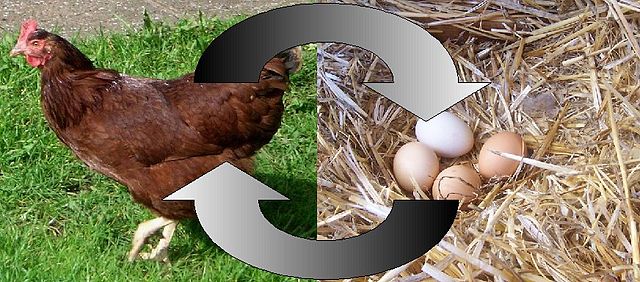

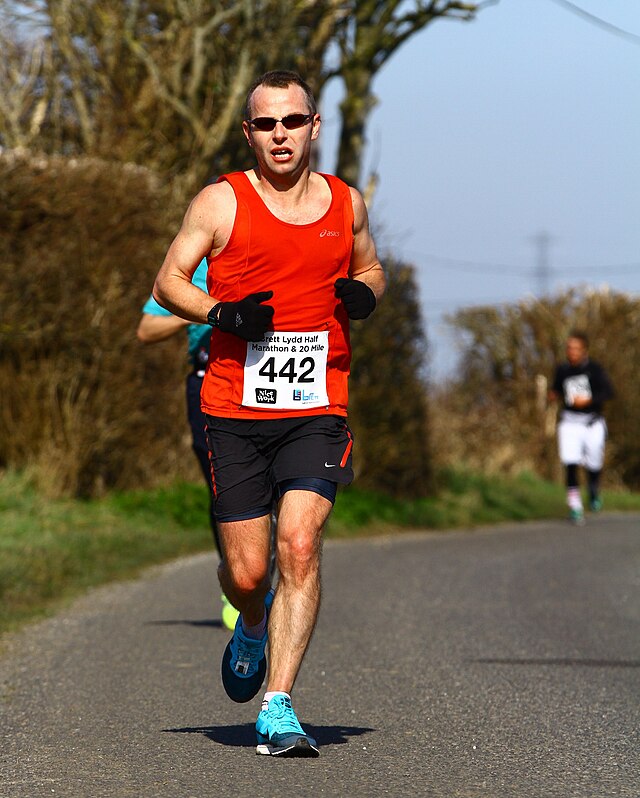
Thanks, Claire. Fascinating stuff, particularly about the senators. Cream might rise to the top of a bottle of milk, but floaters are hard to flush.
Great food for thought, thank you. I’ll keep this in mind as I do a rewrite on my manuscript.